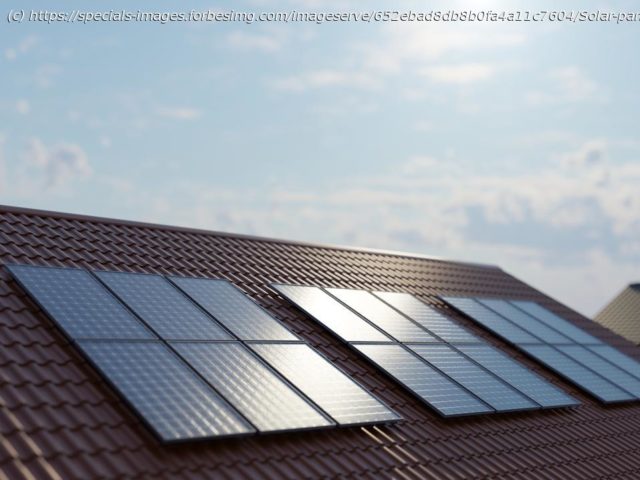These tax credits can be extremely lucrative; however, the complexity behind them can be confusing to taxpayers and installation companies.
David McGuire is a leading expert on cost segregation, fixed assets and depreciation law and a co-founder of McGuire Sponsel.
In recent months, solar energy growth has expanded rapidly. This can be attributed to several factors, including easing gridlock on Chinese panel imports and increased solar installation incentives under the Inflation Reduction Act (IRA). We’ve seen a 47% increase in solar installations in the first quarter of 2023, and with the federal incentives under the IRA driving much of this growth, it’s critical to understand the qualifications for these lucrative incentives.
First, it’s important to understand the incentives for solar under the Inflation Reduction Act of 2022. The Inflation Reduction Act of 2022 was signed into law by President Biden on August 16, 2022, drastically expanding incentives for solar and other alternative energy projects. Specifically, the tax credits and incentives for solar are covered under Section 48 of the tax code relating to solar energy and other energy property tax credits.
Under Section 48, solar projects receive a 30% credit, 6% in the case of large-scale projects over 1 megawatt of electrical output that do not meet prevailing wage standards. However, this amount can increase with additional credits for using domestically sourced panels, putting panels in specific “energy communities,” as well as increased credits for low-income areas.






